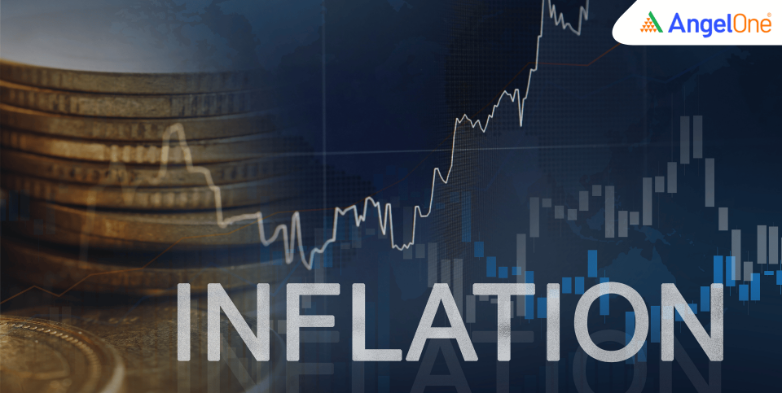
India's retail inflation has declined significantly to its lowest level in over eight years, according to latest government data. The Consumer Price Index-based inflation dropped to 1.54% in September 2025 from 2.07% in August.
This reading marks the lowest inflation level since June 2017 and represents a substantial decline from 5.49% recorded in September 2024. The continued moderation in food prices primarily drove this disinflationary trend across both rural and urban sectors.
The moderation in inflation was driven by continued weakness in food prices, with food inflation remaining negative for the fourth straight month. Food inflation stood at (-2.28%) in September compared to (-0.69%) in August and 9.24% in the same month last year.
Vegetable inflation declined further to (-21.38%) from (-15.92%) in August, while pulses inflation softened to (-15.32%) from (-14.53%). These significant declines in essential food items contributed substantially to the overall inflation moderation.
The latest data reveals distinct patterns across geographical segments, with both rural and urban areas experiencing disinflation. Rural inflation eased to 1.07% from 1.69% in August, reflecting the impact of agricultural output and monsoon patterns.
Urban inflation fell to 2.04% from 2.47% a month earlier, indicating broader price stability across urban centres. The convergence between rural and urban inflation rates suggests balanced economic conditions across different demographic segments.
Fuel and light inflation stood at 1.98% versus 2.32% in the previous month, showing moderate energy price stability. Housing inflation rose to 3.98% from 3.09%, indicating persistent pressure in the services sector.
Clothing and footwear inflation was marginally lower at 2.28% compared to 2.33% in August. Core inflation, excluding food and fuel, climbed to 4.5% in September from 4.1% in August, marking its highest level since September 2023.
In its October bi-monthly monetary policy, the Reserve Bank of India lowered its inflation projection for 2025–26 to 2.6% from 3.1% estimated in August. Regarding the inflation outlook for the second half of the fiscal year, RBI said that “healthy progress of the south-west monsoon, higher kharif sowing, adequate reservoir levels and comfortable buffer stock of foodgrains should keep food prices benign.”
This optimistic assessment reflects confidence in continued price stability through the remaining fiscal year.
The sustained low inflation environment provides significant policy flexibility for both monetary authorities and the government. The negative food inflation for four consecutive months indicates abundant agricultural supplies and efficient distribution systems.
However, the rising core inflation suggests underlying demand pressures in non-food, non-fuel segments of the economy. These mixed signals present a complex policy landscape for economic managers in the coming months.
Read More: India To Revise GDP, CPI, And IIP Base Years
India's inflation trajectory shows remarkable improvement with the September reading hitting an eight-year low. The persistent food price deflation has been the primary driver behind this disinflationary trend.
While overall inflation remains comfortably within the RBI's target range, rising core inflation warrants careful monitoring. The current low inflation environment creates favourable conditions for sustained economic growth and stable monetary policy in the near term.
Published on: Oct 13, 2025, 4:46 PM IST

Akshay Shivalkar
Akshay Shivalkar is a financial content specialist who strategises and creates SEO-optimised content on the stock market, mutual funds, and other investment products. With experience in fintech and mutual funds, he simplifies complex financial concepts to help investors make informed decisions through his writing.
Know MoreWe're Live on WhatsApp! Join our channel for market insights & updates